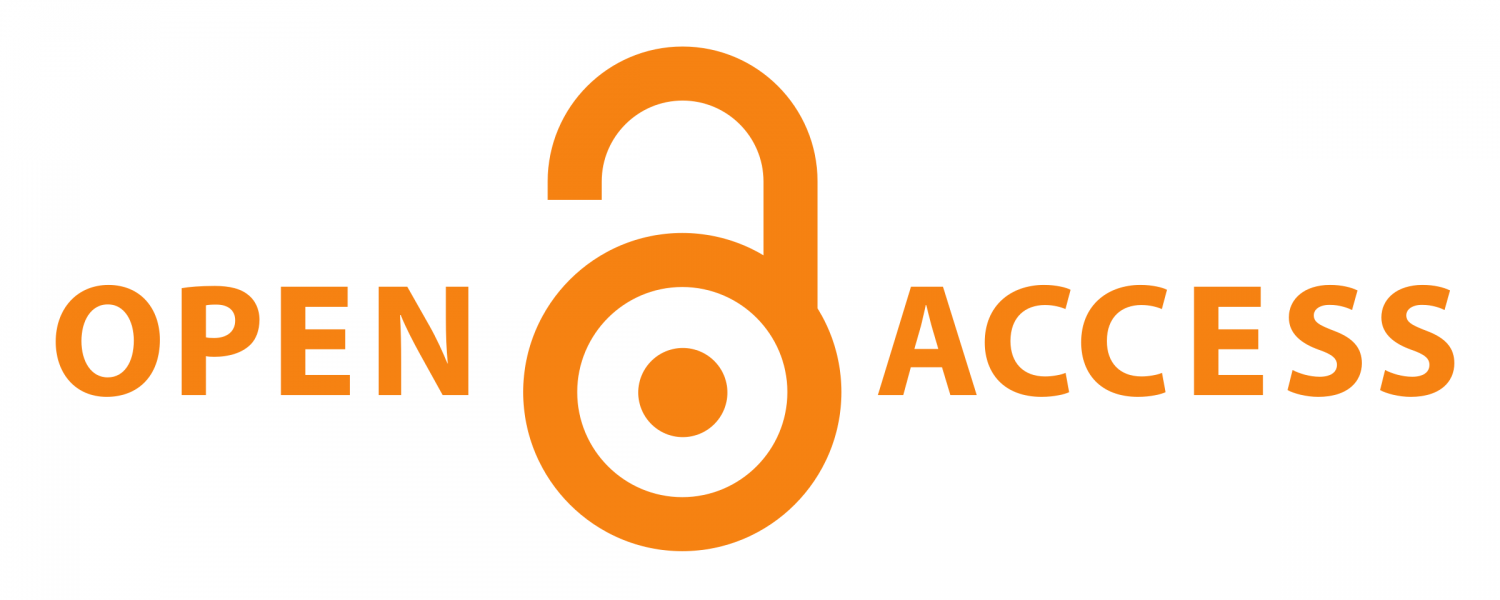The Literal Translation of Sclerometer User Manual from Chinese to Indonesia
##doi.readerDisplayName##:
https://doi.org/10.20961/mandarinable.v1i2.443关键词:
Translations Method, Literal Translation, Sclerometer, Chinese Language摘要
The linguistic style and the readers are two vital aspects to consider in applying the literal translation of the ‘Sclerometer User Manual’. These two aspects determine the word choices and their equivalents for the translation of the text to be well perceived by the readers. The descriptive qualitative method was employed for this study with two data sources, the primary data source which was the machine manuals in Chinese and the secondary data source from the documentation. In the process of language transfer, knowledge about Sclerometer, industrial and engineering vocabularies, and understanding of the text to be translated were highly required.
参考
Anshori, S. (2010). Teknik, Metode dan Ideologi Penerjemahan Buku Economic Concept of IBN Taimiyah ke dalam Bahasa Indonesia dan Dampaknya pada Kualitas Terjemahan [Master' Thesis, Universitas Sebelas Maret].
Galeripustaka.com. (2013). penerjemahan kata demi kata, bebas, dan harfiah. http://www.galeripustaka.com/2013/05/penerjemahan-kata-demi-kata-bebas-dan-harfiah.html [Accessed on June 26th, 2021].
Hariyanto, S. (1996). The implication of culture on translation theory and practice. Translation Directory. https://www.translationdirectory.com/article634.htm
Istiqomah, L. (2009). Analisi Penambahan dan Pengurangan Makna (Loss adn Gain) Pada Terjemahan Novel All American Girl oleh Monica Dwi Chresnayani [Master's Thesis, Universitas Sebelas Maret].
Jakobson, R. (1992). On Linguistic Aspects of Translation. In J. Biguenet & R. Schulte (Eds.), Theories of Translation (pp. 260–266). University of Chicago Press.
Ma’mur, I. (2004). Konsep Dasar Penerjemahan. Al Qalam, 21(102), 431. http://jurnal.uinbanten.ac.id/index.php/alqalam/article/view/1643
Molina, L., & Albir, A. H. (2002). Translation techniques revisited: A dynamic and functionalist approach. Meta, 47(4): 498–512. https://doi.org/10.7202/008033ar
Sumantry.id, (2017). Mengukur kekerasan karet elastomer. https://sumantry.id/mengukur-kekerasan-karet-elastomer/ [Accessed on April 30th, 2021].
Tasci, K. (2013). PENGANTAR ILMU MENERJEMAH (Teori dan Praktek Penerjemahan). In Angewandte Chemie International Edition, 6(11): 951–952.
Wibowo, A. S. (2019). Analisis Metode Penerjemahan Bahasa Mandarin Ke Bahasa Indonesia Pada Mahasiswa Semester 3 Program Studi Bahasa Mandarin S1 Sekolah Tinggi Bahasa Harapan Bersama. Jurnal Cakrawala Mandarin, 3(1), 1. https://doi.org/10.36279/apsmi.v3i1.74
Yunita, W. (2010). Persamaan dan perbedaan penerjemahan lisan dan tulis. Eksplanasi, 5: 39–44.
陈维维. 掌握翻译方法,提升学习效率. 江苏省如东县马塘中学. 2017年:52.
高强、李曹. 浅谈直译法与意译法在翻译工作中的应用. 秦皇岛外国语职业学院旅游系. 2008年:263.
李磊. 金属布氏硬度计示值超差的调整方案探讨. 河北省秦皇岛市计量测试研究所. 2015年:58.
李明远. 洛氏硬度计的计量检测与常见故障分析. 鹤壁市质量技术监督检验测试中心. 2020年:79.
李侠. A 型邵氏硬度计示值误差检定结果的不确定度分析. 秦皇岛市计量测试研究所. 2020年:15.
王雪梅. 论翻译的目的. 贵州财经大学. 2018年:218.
张语墨. 从直译与意译比较看意译翻译方法. 大连外国语大学.2021年: 60.
##submission.downloads##
已出版
期次
栏目
##submission.license##
This is an open-access journal in accordance with the Creative Commons Attribution 4.0 International (CC BY 4.0) license. This permits users to:
Share — copy and redistribute the material in any medium or format
Adapt — remix, transform, and build upon the material
for any purpose, even commercially.
Under the following terms:
Attribution — You must give appropriate credit, provide a link to the license, and indicate if changes were made. You may do so in any reasonable manner, but not in any way that suggests the licensor endorses you or your use.
No additional restrictions — You may not apply legal terms or technological measures that legally restrict others from doing anything the license permits.












